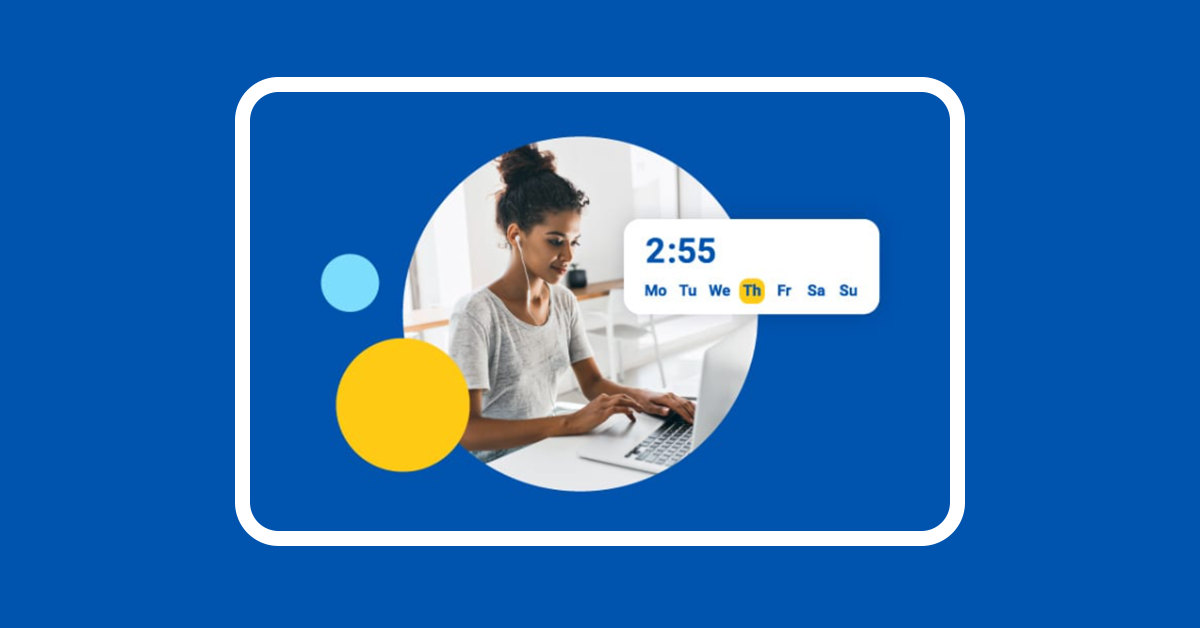By Chandra Chakravarthi
For most people, there’s at least one ongoing task or project that causes stress at work because there isn’t an easy way to do it. For the front office team, this task is usually dental scheduling. Scheduling dental appointments is a critical but time-consuming task. It can be done in an efficient way so that you and your team can spend more time on other tasks that you enjoy. How do you handle dental scheduling?
Here are six ways to make dental scheduling a hassle-free experience for you and the front office team.
1. Use your ASAP list
Your ASAP list should be the first item you use when filling appointment gaps. These patients have expressed interest in coming in sooner if an open slot appears.
If you don’t already have an ASAP or Quick Fill list in your practice management system, then use it to build your list. You probably have several patients who are willing to come in earlier. You can even give patients a way to opt-in to this list. Consider including this opt-in request in the patient intake forms and during the check–out process.
You’re more likely to reduce stress and successfully fill your schedule by contacting patients on the priority list first. And patients will appreciate you moving them up leading to increased patient satisfaction.
2. Expand your communication methods
Meeting your patients where they is critical in creating a positive dental patient experience. Your patients have different communication preferences in each aspect of their lives. Giving your patients options and asking how they want to be contacted is one way to be more efficient around scheduling.
Additionally, it’s good to consider what’s manageable for you and your team. Look for ways to automate your communications. This way, you’re using your time in the best way possible while still meeting patients’ expectations.
3. Develop a communication plan for appointments
Do you have a patient communications plan, or have you envisioned one but are too busy juggling multiple tasks to create one? While this might seem like a daunting project, you and your front office team will reap the benefits in the long run.
It doesn’t have to be a fleshed–out plan. Here’s what to consider first, and then you can keep adding to it.
Start with what types of communications you already do and how often you want to reach out to patients.
Additionally, here are a few other items to evaluate:
- Have you asked your patients their communication preferences?
- Is there an easy way for them to opt-in for certain messages?
- Have you considered experimenting with different content formats such as video or a newsletter?
- Do you use social media?
- How far in advance do you want to reach out?
Remember your outreach can impact a patient’s view of the practice. Communication is an effective way to bring in new patients and convert them to lifelong ones.
4. Offer teledentistry as an option
Teledentistry is another avenue to remove friction in dental scheduling. It increases appointments by making them more accessible to current and potential patients, and it aligns with how many of your patients prefer to communicate. This could serve as an alternative if a patient is unable to come in person.
Additionally, there are some use cases where a patient may not need to visit the dentist in person. And you can always schedule a follow-up appointment if an in-person visit is necessary.
If you decide to offer teledentistry, then have a conversation with the entire dental practice team to determine what scenarios this can be used, the costs, and how to replicate a positive patient experience in a virtual setting.
5. Use your social media channels to schedule dental appointments
Social media helps you to share practice information with your community, like having appointment availability. If your practice has active pages, then why not use them to encourage patients to schedule their dental appointments online? This is a quick and easy way to get the word out and can save you time from making individual calls.
Posting on social media may not work for every practice. You need to know your patient base and where they get their information. However, if you have an active following and regular engagement on your social media posts, then consider posting about appointments on there. You can include a link to make the appointment and include the practice’s contact information. If a patient is interested or has questions, they can call or email your office to ensure HIPAA compliancy.
At the minimum, this is something worth testing on your social media pages if you haven’t done so before.
6. Schedule the next appointment as soon as possible
Depending on the appointment type, you can schedule the next one when the patient is checking out. This is easier and more efficient than waiting on them to schedule their next appointment. And, always explain why they need to return. Education is critical in ensuring patients feel comfortable scheduling their next procedure before things get worse. It’s part of building that trust between you and the patient.
For the noncommittal patients, you can emphasize that securing an appointment sooner gives them more scheduling options to choose from.
Dental scheduling is impactful, so it should be handled in the most efficient way. You can keep your schedule full if you have a detailed plan in place. It takes a little time to get the process right, but once you do, it will result in fewer headaches. And you can spend more time on other tasks and creating a better in-person patient experience.
Learn more about RevenueWell on pattersondental.com.





One thought on “6 Ways to Erase Dental Scheduling Headaches”
Comments are closed.